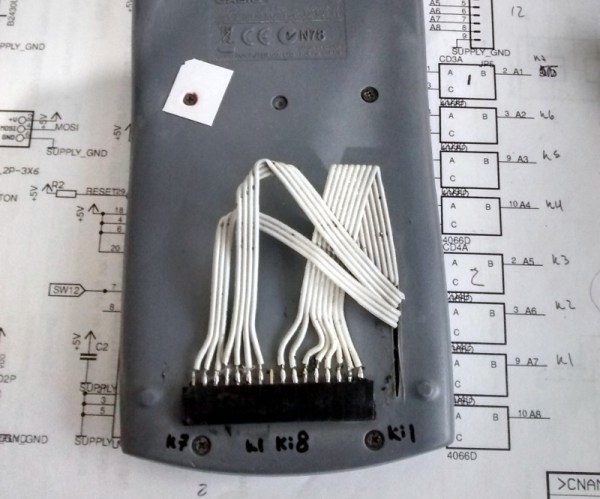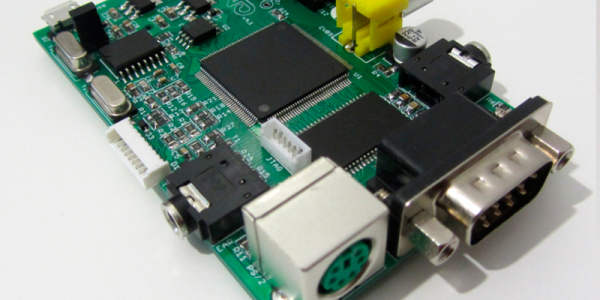If you watch enough mainstream TV and movies, you might think that hacking into someone’s account requires a huge monitor, special software, and intricate hand gestures. The reality is way more boring. Because people tend to choose bad passwords, if you have time, you can task a computer with quietly brute-forcing the password. Then again, not everyone has a bad password and many systems will enforce a timeout after failed attempts or require two-factor authentication, so the brute force approach isn’t what it used to be.
Turns out the easiest way to get someone’s password is to ask them for it. Sure, a lot of people will say no, but you’d be surprised how many people will tell you. That number goes up dramatically when you make them think you are with the IT department or their Internet provider. That’s an example of social engineering. You can define that many ways, but in this case it boils down to getting people to give you what you want based on making them believe you are something you aren’t.
Everything Old…
We think of social engineering as something new, but really–like most cybercrime–it is just the movement of old-fashioned crime to the digital world. What got me thinking about this is a service from Amazon called “Mechanical Turk.”
That struck me as odd when I first heard it because for product marketing it is pretty bad unless you are selling turkey jerky or something. If you tell me “Amazon Simple Storage Service” I can probably guess what that might be. But what’s Mechanical Turk?
Mechanical Turk
Continue reading “Retrotechtacular: Social Hacking Is Nothing New”

















